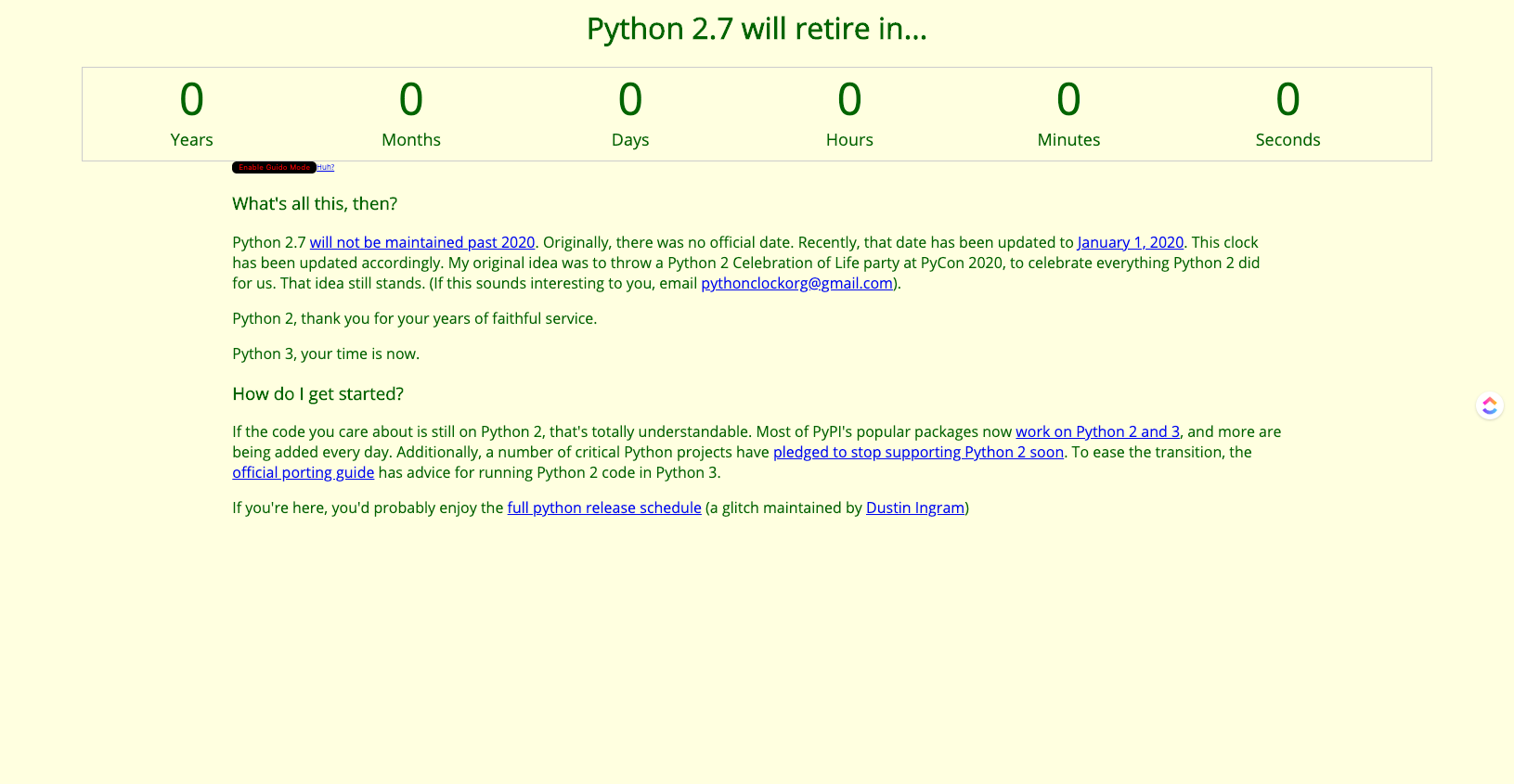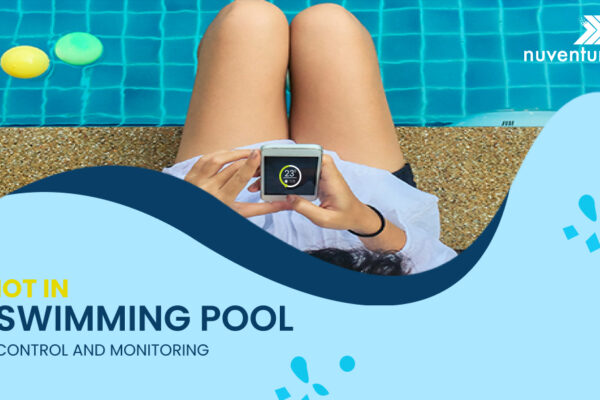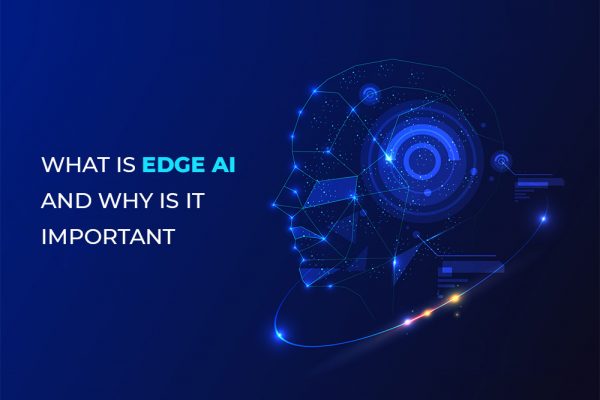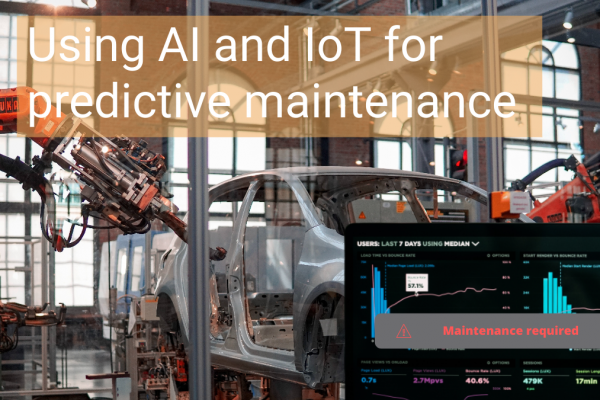When the clock struck 12 on January 1st, 2020, along with the end of the year came the end of Python 2, marked on the Python clock. With the retirement of Python 2.7, it denotes the end of a bygone era. And what does this end denotes? The Python team will not upgrade or provide any support for the 2.x versions of Python, even if someone finds a security issue in it. It’s highly recommended to upgrade to Python 3 as soon as possible. Are you prepared for taking the big leap?

Migrating to Python 3
Python 2.7 not being maintained past 2020 doesn’t mean your applications or libraries suddenly stop working. As long as your project is working fine and is free from security issues, why worry? Anaconda makes it easy to maintain your Python 2.7 environment so you can continue to run that software in the future. You can even have multiple projects in both P2 and P3 and manage them easily in different “.conda” environments. However, Python 3 rectifies some fundamental design flaws and redundancies which should lead to more simple and elegant code. But this also means that Python 2.x code isn’t automatically compatible with Python 3. Migrating from Python 2.x to version 3 needs to be done.
Why should we migrate to Python 3? When we start a new project from scratch, begin with Python 3. This way, you can access many additional features which are not available on Python 3. If your legacy project relies heavily on features that are different in Python 3, then migrate. For example, Python 3 changes how strings are handled, making Unicode strings the default. This provides better support for accented characters, foreign languages and various other applications. If your application depends on robust handling of international characters, consider migrating to Python 3. It will be very hard to maintain the code which works on 2 versions of python. If your project relies on popular packages like Scikit-learn that have announced plans to drop Python 2 support and if you are concerned with security vulnerabilities, make it a priority to migrate to Python 3. Python 2 has stopped the support to the same.
Is the migration hard?
Migrating from Python 2 to 3 is not that hard. The most popular libraries have already migrated. If you have a large code base to migrate, survey your code for the key language differences between the 2 versions. That will help you understand the complexities you will have to face while migrating. The library “Six” provides utility functions for smoothing over the differences between Python 2 and 3, providing a handy compatibility library to help you understand the differences.
If you are currently developing code that needs to run in both Python 2 and Python 3, you should be using: “from __future__ import print_function, absolute_import, division“. This forces you to write code that’s Python 3 friendly, at least concerning the `print`, `import`, and division statements.
Trouble migrating your project? Feel free to contact us. We, Nuventure Connect, is one the top python companies in India with an experience of over 10 years. Our skilled developers are willing to help you migrate your code from Python 2 to Python 3.




